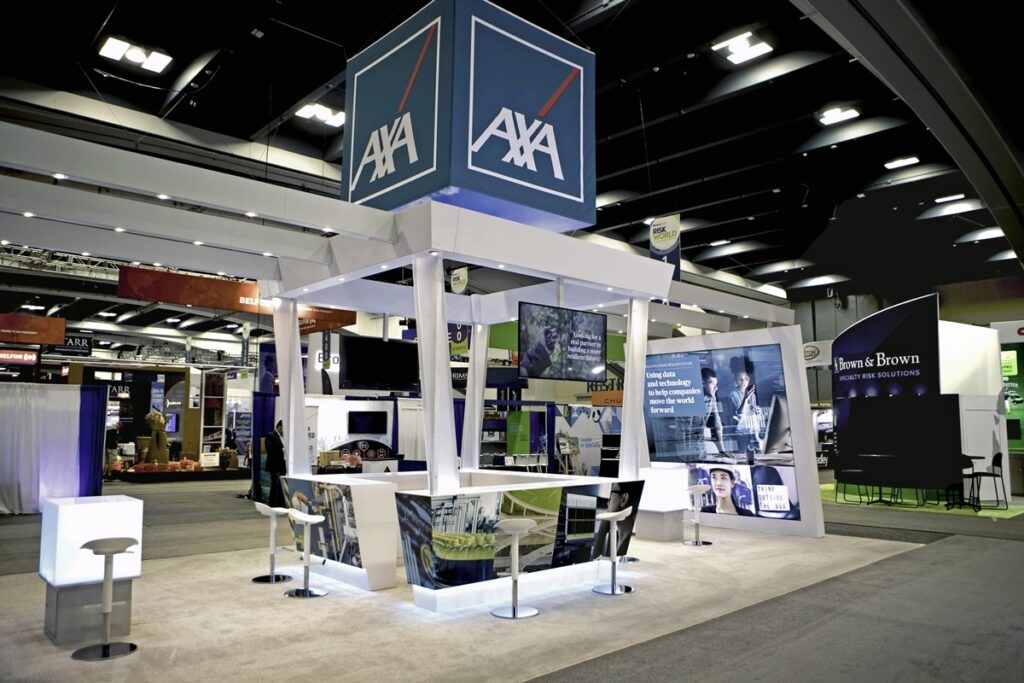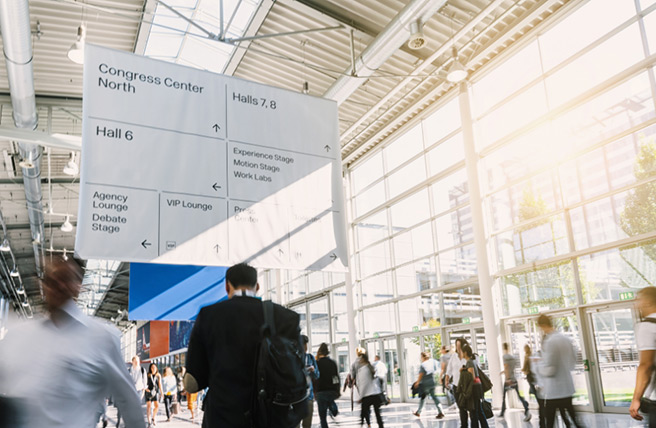Partnering with Exhibit Company Inc.
Trade shows allow you to meet new people, learn about the latest trends, and get insider info. But most of all, they allow you to laser focus on the right prospects and showcase your brand. Investing the time and resources into your booth produces the maximum impact on attendees.
How Exhibit Companies Can Highlight Your Brand
Trade shows are a great opportunity to showcase your brand. It can be to get more leads, announce a new exciting product or service. Or just to interact with a receptive audience. If done properly trade shows can leave a lasting impression and be a great lead up to more marketing efforts.
They’re an excellent form of networking where you can spread knowledge and insights into your business industry. Those connections don’t begin unless you have a well-designed, impactful booth to make yourself known.
These days, having a simple stand isn’t enough. Your booth should provide an experience. Designing that experience takes time, money, and the know-how to do it well. That’s why partnering with a trade show exhibit company can help. By partnering with Exhibit Company Inc., you can benefit just like some of our previous clients.
Investment in Your Brand
Partnering with an exhibit company that knows booth design inside and out means making a worthwhile investment in your brand image. By opting into your partner’s ability to create custom design features, you’ll increase brand awareness and improve the likelihood of connecting with powerful leaders in your industry.
Creative, Effective Design
Your booth design should represent the best you have to offer. Many exhibit companies work with ingenious designers, engineers, and marketing experts to design your booth from start to finish. By partnering with an exhibit company, you’ll be consulted through every design process until your booth setup is complete.

Seamless Flow and Logistics
Displaying your brand logo is important, but creating a memorable experience for your audience matters even more. Your booth should offer a seamless and unforgettable transition for visitors.
A Great Exhibit Company, Produces Results
Exhibit companies have years of experience designing trade show booths and keeping up with the latest trends. These include 3D projection mapping, aromatherapy, raffle prizes, lounge spaces, and help make company trade booths unforgettable.
By having a well-designed, impactful trade show booth, you’ll be making a better investment in the connections you make. Partnering with an exhibit company allows you to work with design experts who can improve and freshen up your booth space year after year. When your team walks through and sets up your booth space, you’ll be ready to have a fun, exciting, and unforgettable trade show.
Connect with The Exhibit Company, Inc., Today
When you need designers and builders for your brand experience at the next trade show, our experts will work with you directly to provide the tools and resources you need to succeed.
At The Exhibit Company, Inc., we will work with you to understand your needs and goals and can help you improve the likelihood of future success.
Call us at (732) 465-1070 or use our Contact Us form to build your dream trade show booth.






